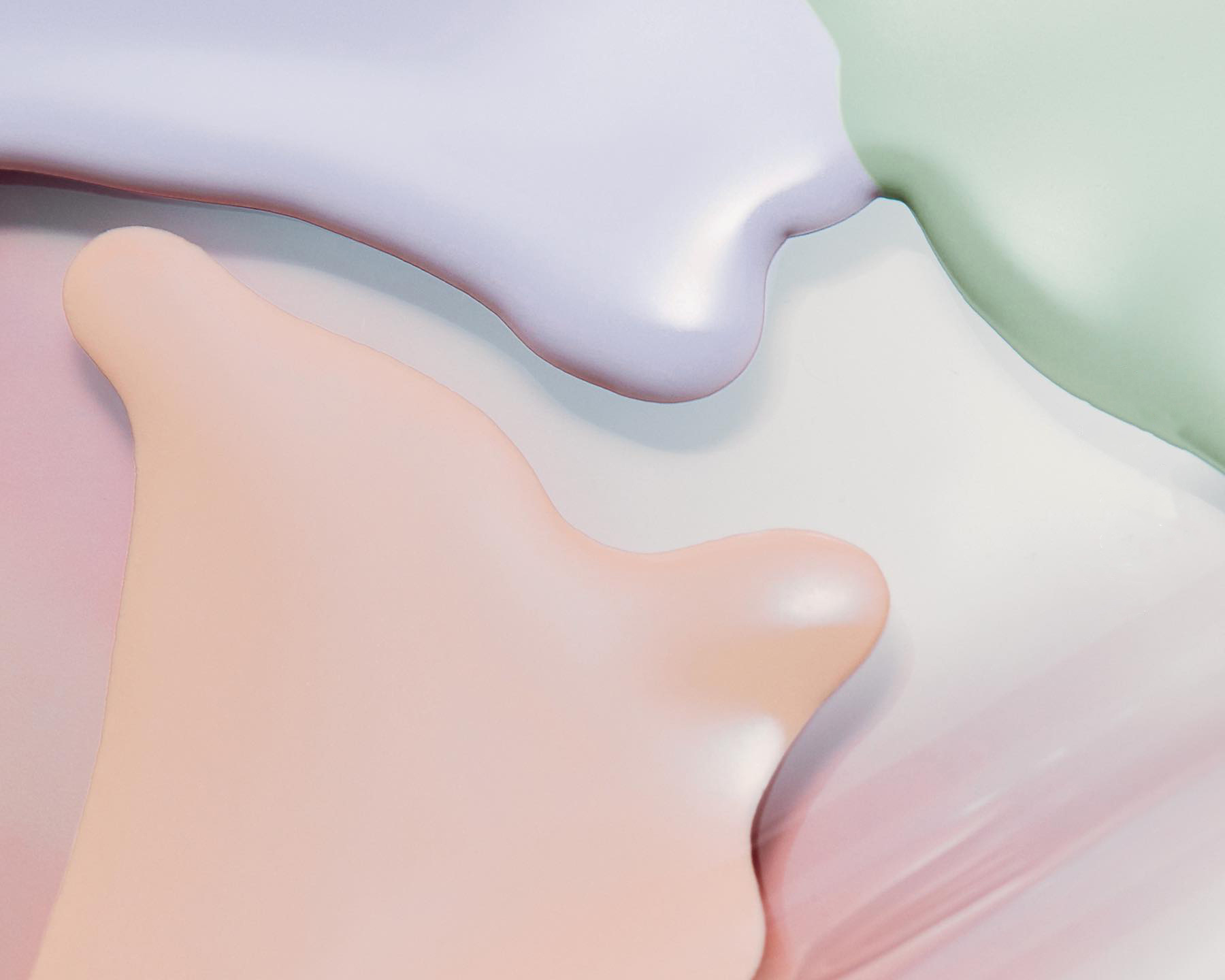28
2025
-
04
How Artificial Leather Material is Transforming the Textile Industry
How Artificial Leather Material is Transforming the Textile Industry Table of Contents Introduction to Artificial Leather The Evolution of Artificial Leather Benefits of Artificial Leather in the Textile Industry Durability and Maintenance Sustainability and Environmental Impact Versatility in Design Applications of Artifi
How Artificial Leather Material is Transforming the Textile Industry
Table of Contents
- Introduction to Artificial Leather
- The Evolution of Artificial Leather
- Benefits of Artificial Leather in the Textile Industry
- Applications of Artificial Leather
- Future Trends in Artificial Leather
- Challenges and Considerations
- Frequently Asked Questions
- Conclusion: The Future of Textiles with Artificial Leather
Introduction to Artificial Leather
Artificial leather, also known as synthetic leather or pleather, has profoundly influenced the textile industry over the past few decades. Originally developed as a substitute for genuine leather, **artificial leather** has evolved into a multifaceted material that meets modern consumer demands for durability, style, and ethical considerations. In this article, we will explore how artificial leather is transforming the textile industry, examining its benefits, applications, and future trends.
The Evolution of Artificial Leather
The journey of artificial leather began in the late 19th century when chemists experimented with different materials to mimic the look and feel of genuine leather. The first significant breakthrough occurred with the invention of **polyvinyl chloride (PVC)** in the 1930s, which laid the foundation for modern synthetic leathers.
The subsequent introduction of **polyurethane (PU)** revolutionized the production of artificial leather by offering a more breathable and flexible alternative. Today, manufacturers utilize a variety of advanced technologies, including **3D printing** and **biomimetic materials**, to create high-quality artificial leather that closely resembles its natural counterpart.
Benefits of Artificial Leather in the Textile Industry
The rise of artificial leather is attributed to its numerous advantages over traditional leather materials. Here are some key benefits:
Durability and Maintenance
Artificial leather is renowned for its **durability**. Unlike genuine leather, which can wear and tear over time, synthetic alternatives resist scratches, stains, and fading, making them ideal for a variety of applications. Additionally, maintenance is hassle-free; a simple wipe with a damp cloth suffices to keep it looking pristine. This durability and ease of care are especially appealing for industries like automotive and furniture, where longevity is paramount.
Sustainability and Environmental Impact
As consumers grow increasingly concerned about the environmental impacts of their purchasing decisions, artificial leather emerges as a more sustainable choice. Traditional leather production involves the use of harmful chemicals and contributes to deforestation and water pollution. In contrast, many artificial leather manufacturers prioritize eco-friendly practices, using water-based adhesives and recycled materials.
Moreover, innovations in biodegradable synthetic leathers are further driving the sustainability movement, as these materials break down naturally over time, reducing landfill waste.
Versatility in Design
The versatility of artificial leather opens up a world of design possibilities. Available in an array of colors, textures, and finishes, artificial leather allows designers to unleash their creativity without the limitations associated with natural leather. From high-fashion apparel to intricate upholstery designs, artificial leather can be tailored for various aesthetic preferences and functional needs.
Applications of Artificial Leather
Artificial leather finds applications across numerous industries, demonstrating its adaptability and appeal. Here, we explore two major sectors benefiting from this innovative material.
Fashion Industry Innovations
In the fashion world, artificial leather has become a popular choice among designers and brands committed to sustainability. High-profile fashion houses have embraced synthetic materials, creating stylish products that resonate with environmentally conscious consumers. The **"vegan leather"** movement, in particular, highlights the shift towards cruelty-free fashion, wherein artificial leather has become a staple in collections ranging from apparel to accessories.
Furthermore, advancements in technology have allowed brands to develop artificial leather that mimics the tactile qualities of genuine leather, providing consumers with the desired luxury feel without compromising their values.
Automotive and Furniture Applications
The automotive industry has also seen a significant shift towards artificial leather, with many manufacturers opting for synthetic upholstery in their vehicles. The benefits of artificial leather, such as durability and ease of cleaning, align perfectly with the automotive environment, where materials must withstand daily wear and tear.
Similarly, the furniture industry has embraced artificial leather for seating and upholstery. Designers appreciate its versatility, allowing for the creation of contemporary pieces that cater to various styles and preferences while ensuring durability and ease of maintenance.
Future Trends in Artificial Leather
As technology advances, the future of artificial leather appears promising. Here are some emerging trends shaping the synthetic leather landscape:
1. **Biodegradable Materials**: Manufacturers are increasingly exploring biodegradable alternatives to traditional synthetic leathers, addressing environmental concerns and meeting consumer demands for sustainable options.
2. **Smart Textiles**: The integration of technology into artificial leather, such as smart textiles that respond to touch or temperature, is on the rise. This innovation can revolutionize industries such as fashion and automotive.
3. **Customization**: Advances in production techniques, such as digital printing, allow for greater customization of artificial leather products. Consumers can expect personalized designs that cater to their unique preferences.
4. **Enhanced Breathability**: Ongoing research aims to improve the breathability of artificial leather, making it more comfortable for various applications, from clothing to automotive interiors.
Challenges and Considerations
While artificial leather presents numerous advantages, it is essential to acknowledge some challenges. The perception of artificial leather as inferior to genuine leather persists among certain consumers, impacting its market adoption. Additionally, the fluctuating prices of raw materials used in synthetic leather production can affect pricing stability for manufacturers.
Moreover, ensuring sustainable production practices is crucial for the long-term viability of artificial leather. Continued innovation is necessary to address environmental concerns associated with traditional synthetic materials.
Frequently Asked Questions
1. What is artificial leather made from?
Artificial leather is typically made from synthetic polymers, such as polyurethane (PU) or polyvinyl chloride (PVC). These materials are processed to create a leather-like texture and appearance.
2. How does artificial leather compare to genuine leather?
Artificial leather is often more durable, easier to clean, and available in a wider range of colors and textures. However, some consumers may prefer the feel and aging characteristics of genuine leather.
3. Is artificial leather environmentally friendly?
Many artificial leather products are designed with sustainability in mind, using eco-friendly materials and production methods. Additionally, biodegradable options are emerging to reduce environmental impact.
4. Can artificial leather be used in outdoor applications?
Yes, artificial leather is suitable for outdoor applications due to its resistance to UV rays and moisture. It is commonly used in outdoor furniture and accessories.
5. How do you care for artificial leather products?
Caring for artificial leather is straightforward. A damp cloth can be used to wipe away dirt and stains. Avoid using harsh chemicals or abrasive materials that may damage the surface.
Conclusion: The Future of Textiles with Artificial Leather
Artificial leather is undeniably **transforming the textile industry**, offering innovative solutions that cater to modern consumer demands. With its durability, sustainability, and versatility, this synthetic material is reshaping how industries approach design and manufacturing. As technology continues to evolve, we can expect artificial leather to play an even more significant role in the future of textiles, paving the way for a more sustainable and innovative industry.
Related news
undefined






